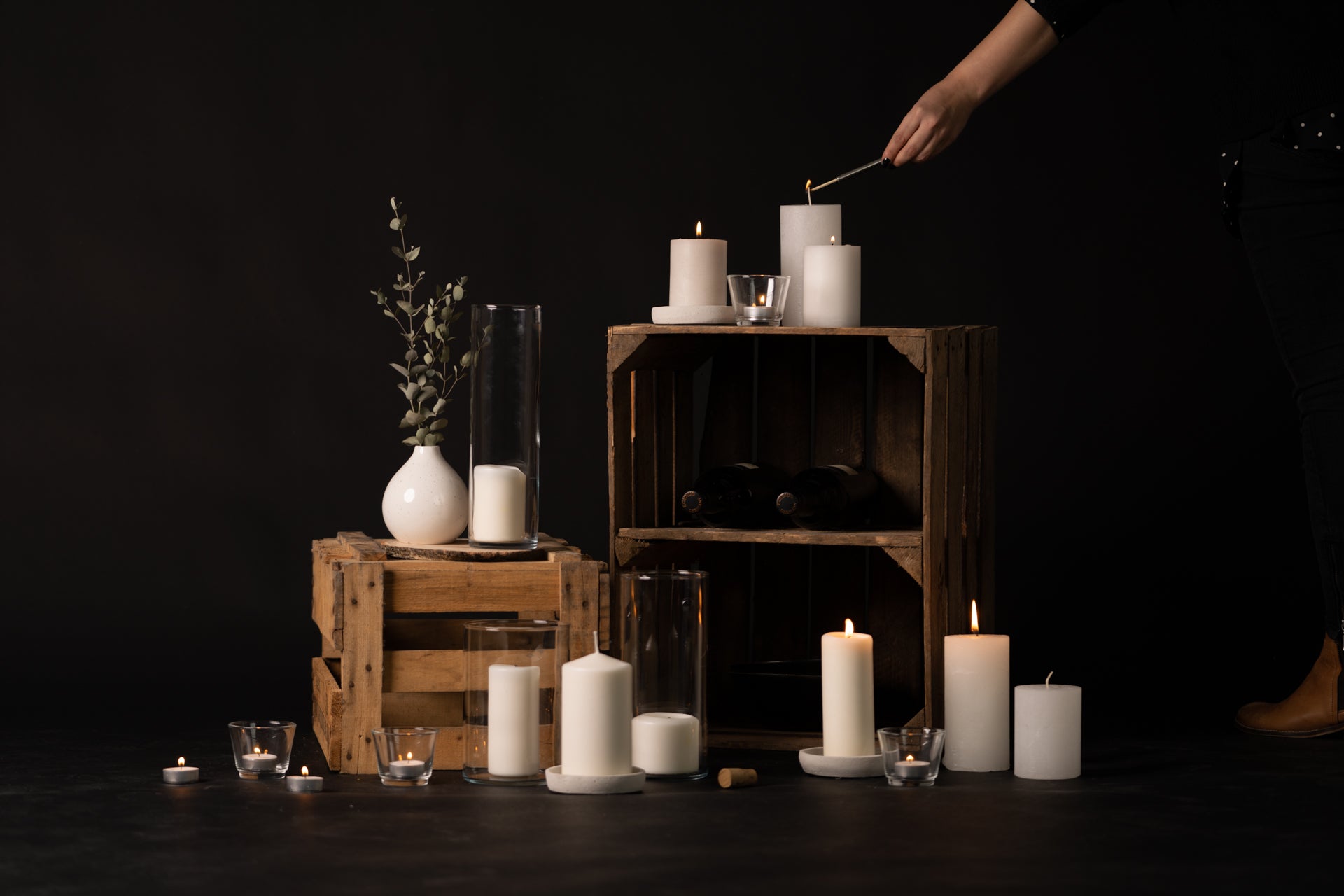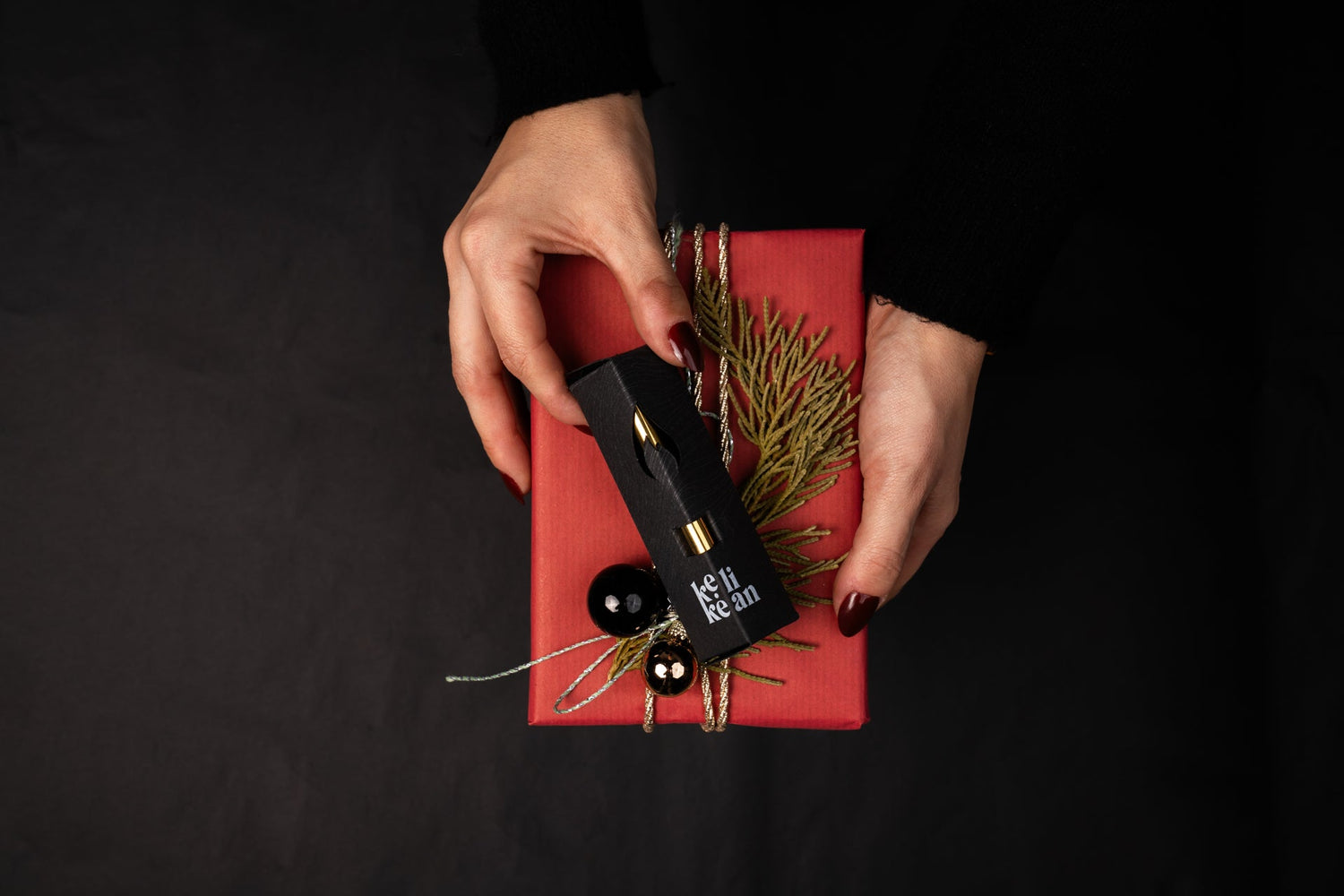For thousands of years, people have been using lights made of fat and resin with a wick, which were already quite similar to today's candles. The further development of these first prototypes finally took place in ancient Rome, where papyrus was rolled up and then dipped in liquid tallow or beeswax.
This beeswax variant finally established itself as the pioneer in the Middle Ages. However, these candles were only reserved for the clergy. Ordinary citizens could not afford them and initially had to make do with candles made from beef fat or mutton tallow. These made a mess and also gave off a rancid odour. A few years later, chemists finally discovered the raw material paraffin. This was odourless, burned evenly and was cheap to produce, making it affordable for the people.
From then on, the candle played a decisive role in people's lives. Whether in religious ceremonies or in everyday life for reading, writing and crafts, the candle provided light and warmth.
Eventually, the invention of the light bulb replaced the candle as the only controllable source of light. Nevertheless, candlelight retains its charm as a decorative element and mood light to this day.
Despite the many technologies available to us today to light up a room, nothing beats the hope and cosiness that a softly flickering candlelight can provide.





